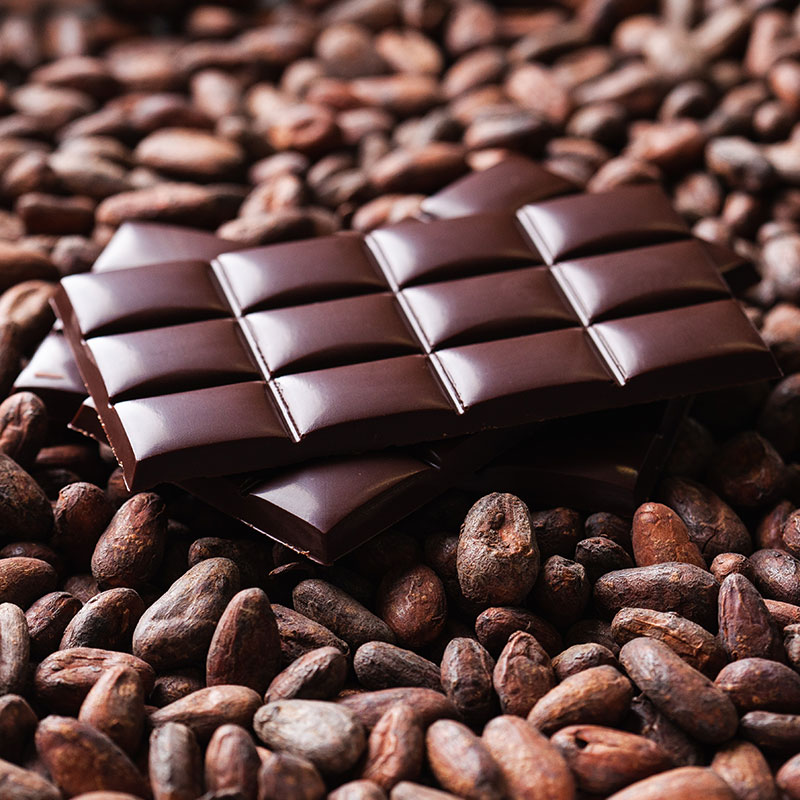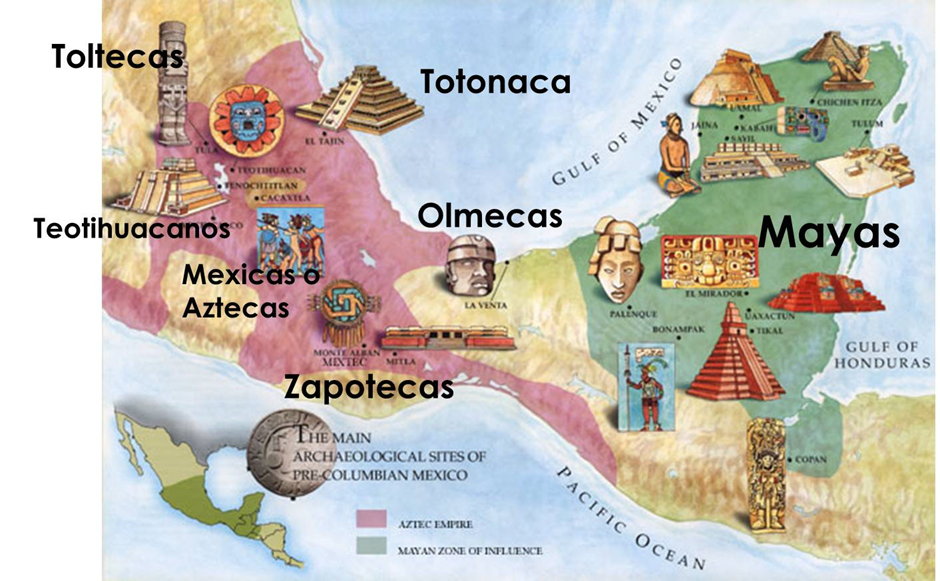THE HISTORY OF CHOCOLATE
CHOCOLATE
We have to write about Chocolate!
It is a vital component of our supply chain.
Pretty much every order we dispatch will have a bar of this delicious product sent with it as a unique way of saying “thank you” to our loyal customers.
THE HISTORY
It’s been around for some time, has this delectable confection. 4,000 years at least!
The first cacao plants were discovered in the historic region of Mesoamerica, an area that now comprises Belize, northern Costa Rica, El Salvador, Guatemala, Honduras, central and southern Mexico, and Nicaragua.
Image: Medina 502
Peopled by the likes of the Aztec, Maya, Olmec, Toltec, and Zapotec indigenous communities, it was the Olmec, among the earliest civilizations in Central America who were the pioneers in turning this plant into the very first chocolate. The taste would have been vastly different to what we know today and this primitive concoction was a drink imbibed during rituals, and also used as a medicine!
It wasn’t until hundreds of years later that the Mayans got in on the act, considering chocolate to be a “drink of the gods”. They mixed cacao seeds with chilli’s, water and cornmeal and concocted a thick and foamy beverage that was much revered.
During the 13th century the Aztecs started using cocoa beans as currency! They too drank a concoction quite similar in ingredients to the Mayans. Sugar being unknown to the Aztecs, a variety of spices were utilised to affect the flavour. They had such belief in the nourishing and fortifying attributes of the beverage that they even drank it as part of the preparation for battle! After conquering other tribes, they demanded their victor’s spoils in Cocoa beans!
The Aztec emperor Montezuma was an aficionado, and apparently consumed up to 50 goblets daily!
It is said that due to the prestigious nature of the restorative, Montezuma had each portion served to him in a golden goblet that was thrown away after only one use!
THE SPREAD TO EUROPE
It is generally assumed that the Spanish explorer Hernan Cortes was the man who bought the cacao bean over to Europe in the 1520’s.
On one of his quests to locate Gold and other riches, the conqueror of the Aztecs found himself being presented with a cup of cocoa by the Aztec Emperor!
On his return to his homeland, Cortes introduced the beans to his compatriots who proceeded to develop a brew that was sweetened with Sugar and Honey.
Quickly becoming popular among the wealthy and the nobility, the discovery was, however, kept very quiet by the Spanish. It wasn’t until 1615 that samples of chocolate were introduced to the royal courts of France as a gift to mark a royal wedding!
Soon spreading throughout the rest of Europe it remained an elite drink that the aristocracy enjoyed but it was not popular generally.
CHOCOLATE BARS ARE INVENTED
Fast forward to the Industrial Revolution and the laborious, slow and expensive process of making chocolate by hand was replaced by an invention that could squeeze the butter from the roasted cacao bean which resulted in a fine powder. This was then mixed with liquids and poured into a mould to enable it to solidify, and thus the BAR OF CHOCOLATE was born!
It still required the invention of “conching”, a process whereby chocolate is heated and rolled to turn it into a “fondant” or the type of chocolate we know today that melts in the mouth!
This process was invented by Rodolphe Lindt of Berne, Switzerland. (More of him later)
It was in 1910 that the Swiss, through their expert and innovative development of chocolate, and following a run of medal-winning at international exhibitions, became the undisputed chocolate champions and Swiss Chocolate was elevated to a national dish!
By 1925 Cacao beans became a commodity traded on the New York Stock Markets, and by 1938 the US Army had begun adding chocolate to the soldier’s rations!
Chocolate has even gone into space, a vital ingredient in the American Astronauts diet!
CHOCOLATE TODAY
The global chocolate market was worth an estimated £78 billion in 2021. Growth to £108bn has been forecasted by 2026.
West Africa is now the centre of cocoa* cultivation and has been for quite a while. Producing 70% of the global supply, the four major hubs are Cameroon, Ghana, Ivory Coast and Nigeria.
*It is thought that Cocoa became a word through the British mispronunciation of Cacao!
Given that 90% of the world’s cocoa production originates from smallholder farms (source: fairtrade.org.uk)
it has proved a battle of arduous labour for many of the farmers, who have struggled to realise fair remuneration for the results of their labours.
In fact, it is fair to say that many have experienced extreme poverty.
Hence the formation and ongoing work of the Fairtrade Foundation. https://www.fairtrade.org.uk/
Image: fairtrade
Fairtrade sets social, economic and environmental standards for the companies, the farmers and the workers in the cocoa industry. This ensures fair pricing, workers’ rights, and protection for the environment.
Around 6 million people depend on farming cocoa for their livelihoods globally.
Fairtrade aims to improve the sustainability of cocoa farming, and in 2020 394 farmer organisations, representing over 440,000 small scale farmers were certified to produce and sell Fairtrade cocoa.
There is also an opportunity, through the Fairtrade Premium to invest in training in leadership and management, and help with the provision of schools, medical centres, clean running water and also help women earn more money through start-up manufacturing of the likes of soap and palm oil.
It is heartening to see that increasingly, chocolate lovers in the UK (over 67% of them) care where their treat is coming from, and want to be sure it is from a sustainable source where the labourers are treated ethically.
So, although the hard facts remain and the chocolate industry is still plagued by abhorrent practices, including child slave labour, things are definitely improving greatly and there has been a seismic shift in the way this delectable product is produced.
STS has teamed up with the exemplary Swiss operators, Lindt & Sprüngli AG, https://www.lindt.co.uk/ who adopt a very serious attitude towards their ethical and social responsibilities.
https://www.lindt.co.uk/sustainability
You can truly enjoy your chocolate gift, in the sure knowledge that every single bean is tracked right back to its source to guarantee its sustainability and that the farmers who work so hard to harvest this product are cared for properly and rewarded fairly.
Furthermore, one of the founders of this company was the aforementioned pioneer Rodolphe Lindt, the inventor of the conching process that makes eating chocolate such an exquisite experience!
HEALTHY CHOCOLATE
Dark chocolate (75-85% cocoa solids) contains significant amounts of protein, iron, magnesium, and zinc. It is rich in antioxidants and has anti-inflammatory effects on the body. Eating dark chocolate five times a week can reduce the risk of heart disease by 57%.
Milk Chocolate, generally far tastier than dark, has been proven to ease the pain of age-related arthritis
Milk Chocolate has more calcium and iron than dark chocolate, but there is a catch. It has more calories too!
Chocolate is good for the brain, heart, bones and blood pressure. It can also help you sleep!
https://disturbmenot.co/chocolate-facts/
Throughout the COVID 19 pandemic and all the heartache and pressure associated with the lockdowns etc. Comfort food played a big part in keeping people sane.
Chocolate has been at the forefront of that health battle!
So on receipt of your STS order, retrieve the gift from the packaging and savour the taste of premium chocolate, knowing you are not only helping the cocoa farmer but you are filling yourself with healthy vitamins and minerals.
In a word, ENJOY!






